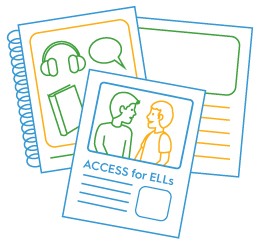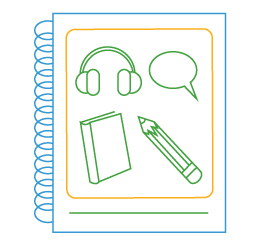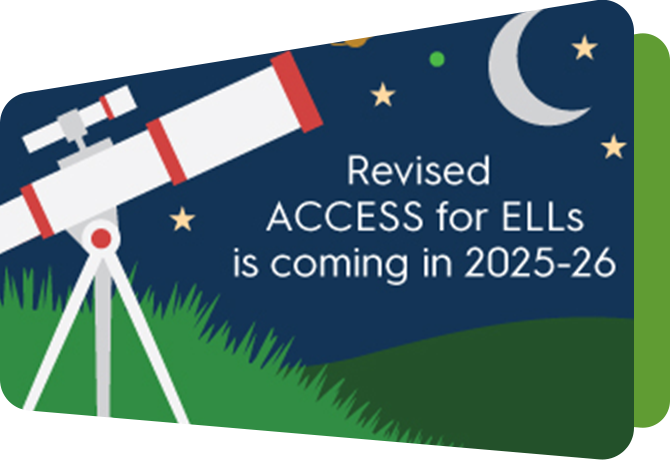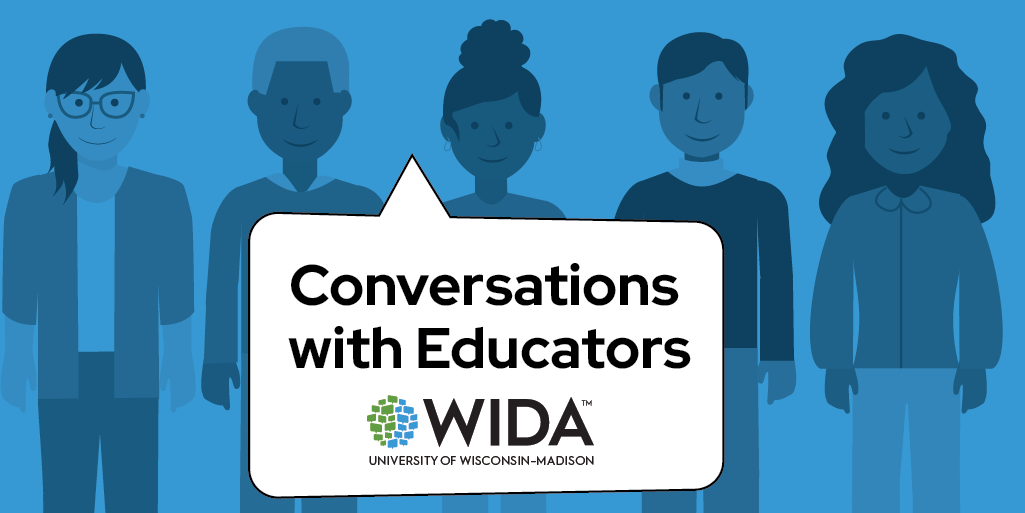Resources/Recursos
Featured Resources

WIDA Webinar recording: Supporting Writing Growth for Multilingual Learners

ACCESS Test Practice and Sample Items

Alternate ACCESS Sample Items
All resources/Todos los recursos
Filter resources by:
Resources/Recursos
Can Do Booklet Grades 9-12
This booklet complements the WIDA English Language Proficiency Standards and provides a valuable set of resources aligned to the Performance Definitions for the levels of English language proficiency.
Resource Details View Download NowReleased April 2013
Can Do Descriptors, Original Edition, Student Name Charts, Grades K-12
This chart allows educators to track students by their level of English language proficiency.
Resource Details View Download NowReleased April 2013




